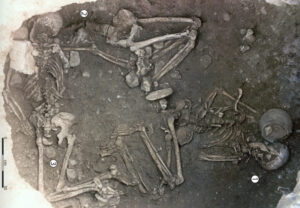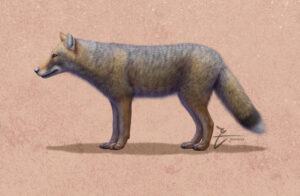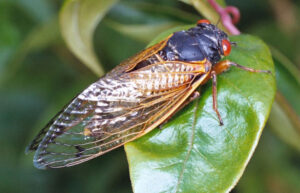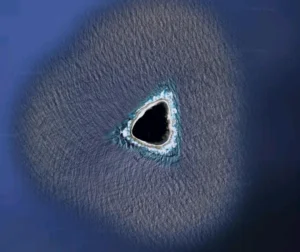New South Wales’ arid bush country is dry and desolate now, but a new fossil discovery proves it wasn’t always a desert.
On January 7, paleontologists announced that they discovered an exceptionally well-preserved site in the southeastern Australian state. The fossilized spiders, cicadas, wasps, plants, and fish date to the Miocene Epoch, between 11-16 million years ago. They constitute a surprising discovery in a previously murky section of Australia’s natural history. During the Miocene, New South Wales was a rainforest.
Australian farmer finds ‘exceptional’ fossil deposit
A local farmer discovered the site on his land near the town of Gulgong, about 300km northwest of Sydney. The man contacted researchers after finding fossilized leaves in one of his fields. As excavation got underway, the team began to recognize the site’s significance.
Matthew McCurry, a paleontologist at the Australian Museum Research Institute, helped author the resulting study.
“It is an extremely important fossil site. It has everything that we hope for, exceptionally well-preserved fossils from a time that we don’t know a lot about,” he told CNN. “The Miocene was the point in time when most of the modern Australian environments were established, and so this fossil site is really Australia’s origin story.”
The study, published in Science Advances journal, explains that dwindling precipitation in the Miocene caused rainforests to recede worldwide. Drier biomes, like those that now prevail in New South Wales, resulted.
Site preserved in immaculate detail

McCurry and his colleagues excavated the site over the course of seven visits. An ancient billabong, or water hole, formed the site when iron-rich ground poured into it. The deposits fossilized a wide range of plants, animals, and insects in vivid detail.
“The fossils are amazingly pretty to look at, and by using a microscope we can look at the detail for the surfaces of the fossils that are also amazingly well preserved,” McCurry said. “Features like the individual cells and even organelles within the cells can be seen. This level of detail allows us to say so much more about what these ecosystems were like.”
A fossilized mygalomorph spider proved to be the excavation’s crown jewel. Still thriving today, mygalomorphs are among the most primitive known spiders. The infraorder consists of trapdoor and funnel web spiders, as well as tarantulas. Over 3,000 species of mygalomorphs exist on every continent except Antarctica.
An exceptionally detailed site
The high fidelity of the site’s preservation led to its categorization as a Lagerstätte — a German term for an exceptional find with multiple perfectly-preserved specimens. Its quality even allowed the scientists to journal interactions between the species. They documented evidence of predation, parasitism, and pollination.
The full study, complete with ample color photographs, is available on Science Advances at no cost.






